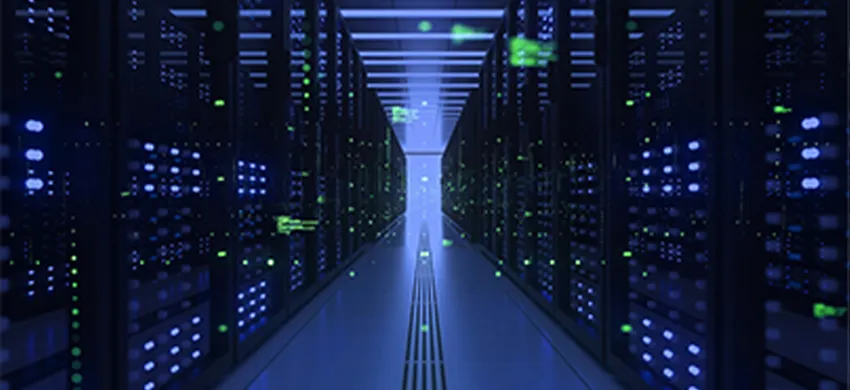What are the basic components of IoT? To answer this question, this article introduces the relative analysis and knowledge in detail, hoping to help you to solve the question in a simpler and easier way.
Ⅰ. What are the basic components of IoT?
IoT can be roughly classified into the following four levels: sensing layer, network layer, platform layer and application layer. The details are as follows.
1. Sensing and Identification Layer
The sensing layer is the foundation of the overall framework of IoT, and is an important link between the physical the information world. In this layer, we can sense the object and its surroundings through sensors. In this way, the object is given the ability to speak and release information, such as sound sensors, pressure sensors, photoelectric sensors and so on. The sensing layer is responsible for collecting information for IoT.
2. Network Construction Layer
As a linking component, this layer is responsible for transmitting the sensory information to the upper layer( the IOT cloud platform) and the command to the lower layer(the application layer). The network layer transmits the massive amount of information mainly through IOT, Internet and mobile communication network.
3. Platform Management Layer
As the core of the overall framework of the IoT, this layer is in charge of data storage, retrieving, application, security and privacy protection. It is responsible for integrating and utilizing the information collected at the sensing layer through big data, cloud computing and other technologies, to provide scientific and effective guidance for mankind while applying the technology in specific fields.
4. Comprehensive Application Layer
The IoT is ultimately to be applied to the various walks of life. After the IoT cloud platform process the information transmitted by the objects, the valuable information will be applied to people's life and work, such as smart logistics, smart health, food safety and smart park.
Ⅱ. Characteristics of the component of IoT
The basic characteristics of the IoT can be summarized as overall perception, reliable transmission and intelligent processing. Looking from the perspective of communication objects and processes, the information interaction between things and people, things and things is the core of the IoT.
Overall perception: perceive and obtain a variety of object information by using radio frequency identification, QR code, smart sensors and other sensing devices.
Reliable transmission: transmit object information timely and accurately through the integration of the Internet and wireless networks to facilitate information exchange.
Intelligent processing: use a range of intelligent technologies to analyze and process the data and information that are sensed and received to achieve smart monitoring and controlling.
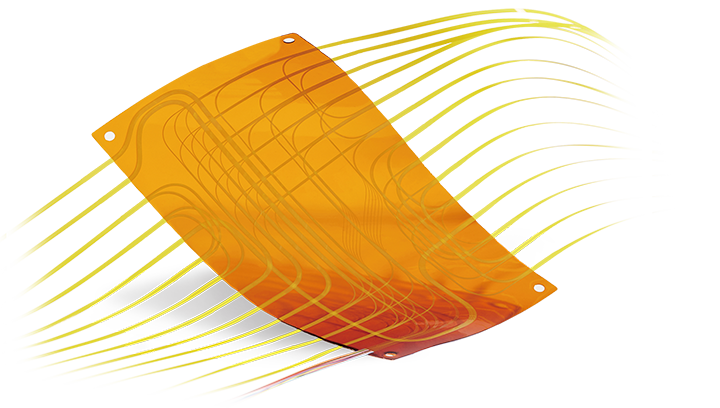 Fiber Optic Flex Circuit (FOFC)
Advanced Simulation & Optimization, High Positioning Accuracy, Flexible Customization, Rigorous Reliability Testing
Fiber Optic Flex Circuit (FOFC)
Advanced Simulation & Optimization, High Positioning Accuracy, Flexible Customization, Rigorous Reliability Testing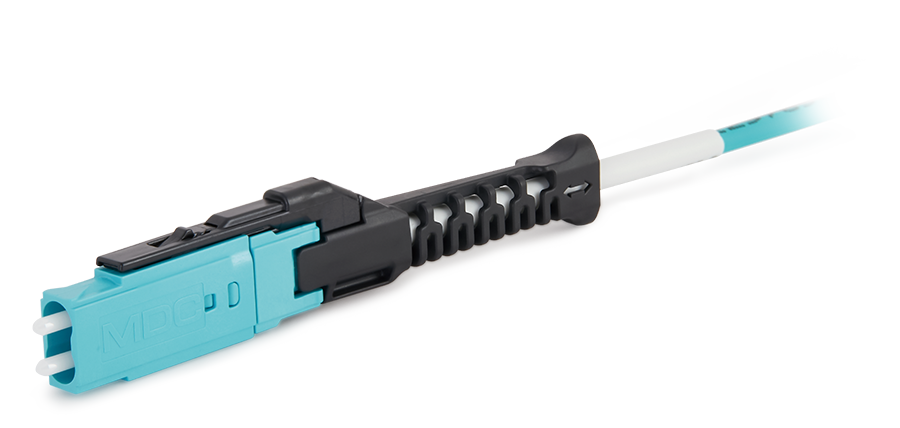 MDC Solution
US Conec's MDC connector is a Very Small Form Factor (VSFF) duplex optical connector, expertly designed for terminating single-mode and multimode fiber cables with diameters up to 2.0mm.
MDC Solution
US Conec's MDC connector is a Very Small Form Factor (VSFF) duplex optical connector, expertly designed for terminating single-mode and multimode fiber cables with diameters up to 2.0mm.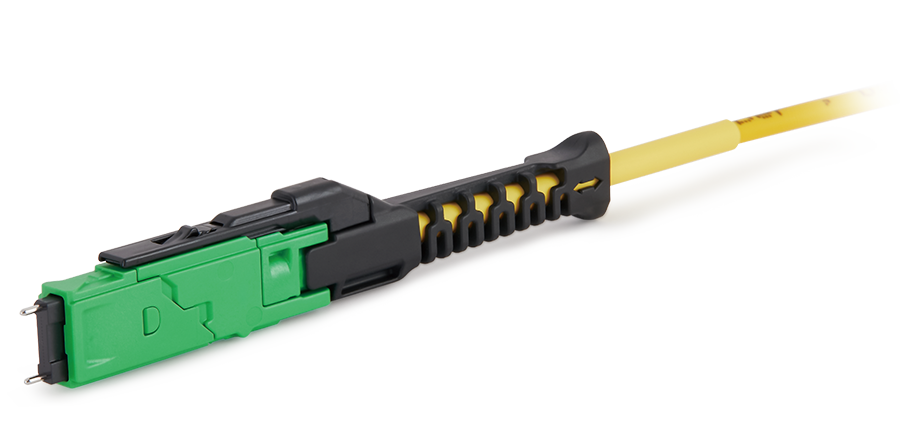 MMC Solution
US Conec's Very Small Form Factor (VSFF) multi-fiber optical connector that redefines high-density connectivity with its cutting-edge TMT ferrule technology and intuitive Direct-Conec™ push-pull boot design.
MMC Solution
US Conec's Very Small Form Factor (VSFF) multi-fiber optical connector that redefines high-density connectivity with its cutting-edge TMT ferrule technology and intuitive Direct-Conec™ push-pull boot design. EN
EN
 jp
jp  fr
fr  es
es  it
it  ru
ru  pt
pt  ar
ar  el
el  nl
nl 

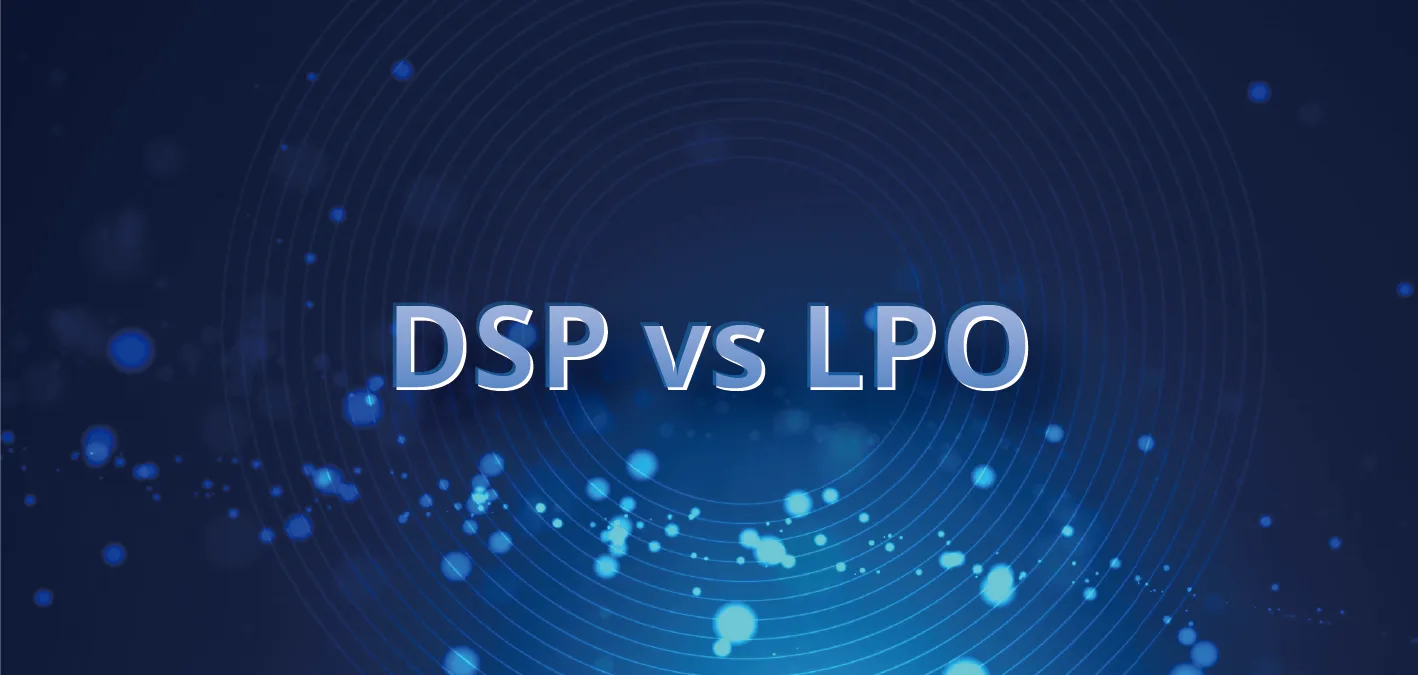
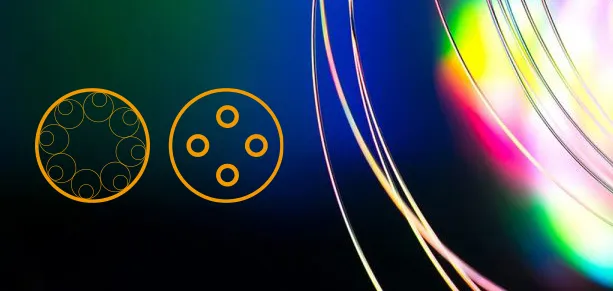
_and_High-Reflection_(HR)_Optical_Coatings.webp)
